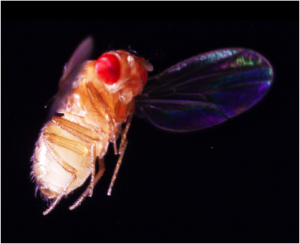The mechanisms of long-distance dispersal in Drosophila
Michael Dickinson
California Institute of Technology, USA
Although better known for its use as a genetic model organism than for their navigational capabilities, fruit flies (Drosophila melanogaster) are capable of traveling up to 10 kilometers in a single flight over open desert – a feat that requires a complex sensor-motor guidance system. The fact that flies possess such abilities should not surprise us. Comparative evidence suggests that the navigational capabilities are a central part of the ‘Devonian Toolkit’ – a core set of behavioral modules that arose roughly 400 million years ago just prior to the remarkable radiation of winged insects. Although perhaps not as impressive as the migratory capabilities of some larger insects such as butterflies and locusts, fruit flies use celestial features such as sun position and polarized light to maintain a constant heading under an open sky. My lab is currently exploiting the convenience of flies for both field and laboratory experiments to identify the general cellular processes that underlie the navigational capabilities of insects. These efforts range from large-scale release and capture experiments in the Mojave Desert to 2-photon imaging of neural activity from identified neurons in the central complex. Collectively, we hope these complementary approaches will yield a mechanistic understanding of animal navigation that ranges from cell physiology to ecology.









You must be logged in to post a comment.